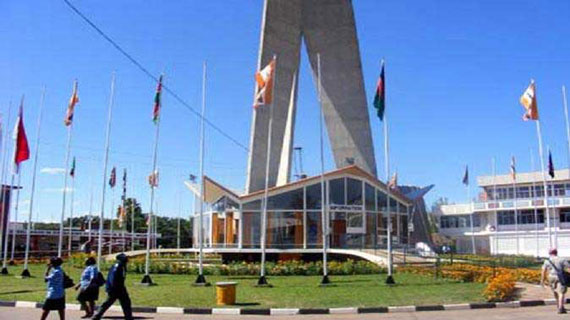Zamco winds up, as 10yr mandate lapses
THE Zimbabwe Asset Management Company (Zamco) has started handing over to the Reserve Bank of Zimbabwe (RBZ) assets the firm was using in executing its mandate following the expiry of its 10-year tenure.
Zamco is an independent asset management firm established by RBZ in 2014 to acquire Non-Performing Loans (NPLs) from commercial banks’ collaterised loan books to clean up their balance sheets.
In 2022, the asset management firm announced that it was winding up operations after it paid off the $1,2 billion it received from the Government to acquire NPLs.
Zamco chief executive officer Dr Cosmas Kanhai said the company was winding up its operations, with 95 percent of its workers having been retired while progress was underway to return the company’s assets such as buildings and vehicles to the central bank.
“You would recall that when Zamco was formed, it was mandated to acquire NPLs in the banking sector and this mandate was supposed to run up to 2025 and we managed to clear all NPLs well ahead of the stipulated 2025.
“So, we are now engaged with the process of asset reversal to the Reserve Bank and as we speak 95 percent of our workers have been retired,” he said.
Zamco was established in terms of section 57A of the RBZ Act, and was provisioned to run for 10 years after which it would be wound up.
The firm was set up with the technical assistance of the International Monetary Fund (IMF) to address the emerging crisis that haunted the country’s banking sector as a result of the balooning NPLs.
At the time of its formation, the NPLs ratio had risen 20,45 percent against the internationally acceptable threshold of 5 percent.
By the end of 2021, the NPLs in Zimbabwe’s banking sector had gone down to below 1 percent.
Economic analysts contend that NPLs are a drag on the performance of banking institutions through reduced earnings and loss of capital.
Several bank failures that rocked Zimbabwe between 2002 and 2008 were a result of high levels of NPLs.At the height of the NPLs in the banking sector, most financial institutions were no longer keen to extend lending to the productive sectors of the economy, which weighed on job creation and economic growth.
The NPLs acquisition cleaned up and strengthened banks’ balance sheets and provided them with additional liquidity, which lped enhance their financial intermediation role, including pooling savings and channelling them to productive economic activities.
In the 2024 mid-term monetary policy statement, RBZ Governor Dr John Mushayavanhu said the banking sector remained stable, safe and sound, demonstrating the capacity to withstand various shocks emanating from the dynamic operating environment.
He said monetary authorities remain vigilant against emerging and potential risks to the financial services sector to preserve and maintain the gains from the monetary and fiscal measures.
As at the end of July this year, the country had a total of 19 registered banks distributed as follows: 14 commercial banks, four building societies, and one savings bank.”
As at June 30, 2024, the banking sector reported a strong capital position reflecting an adequate buffer to absorb losses, hence well placed to execute its critical financial intermediation role.
“All banking institutions reported capital ratios that complied with the prescribed minimum capital adequacy ratio of 12 percent and tier 1 ratio of 8 percent,” said Dr Mushayavanhu.
The restructuring of NPLs also provided relief to borrowers whose fundamentals remained strong but required reasonable funding cost structure and appropriate loan repayment periods that could be accommodated in their cash flows.
Zamco’s strategy for funding the acquisition of NPLs comprised a number of initiatives including Government funding through long-term debt instruments that were approved in the 2015 national budget.
-herald












